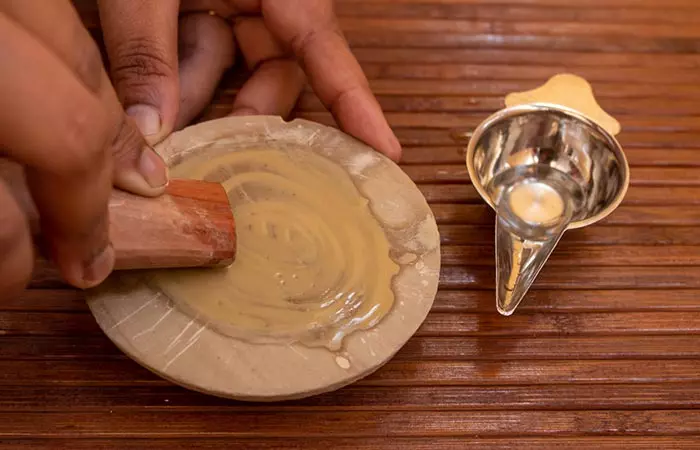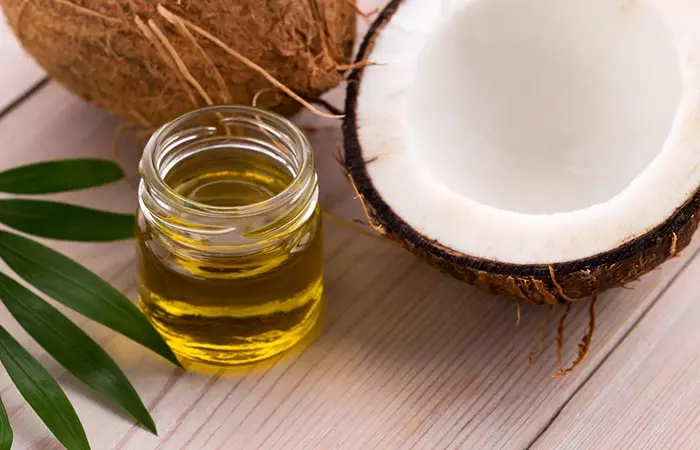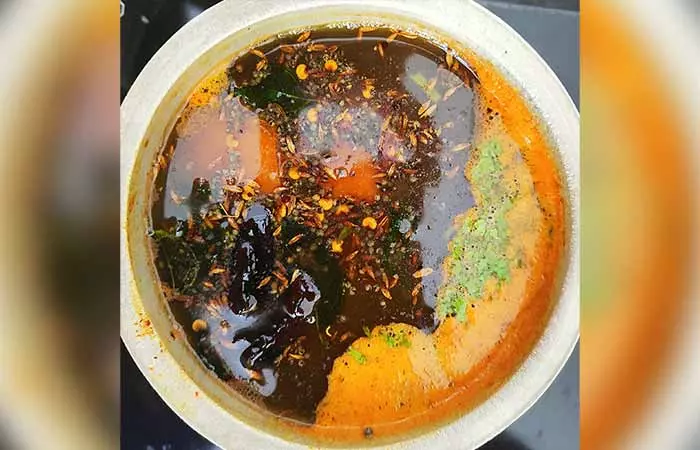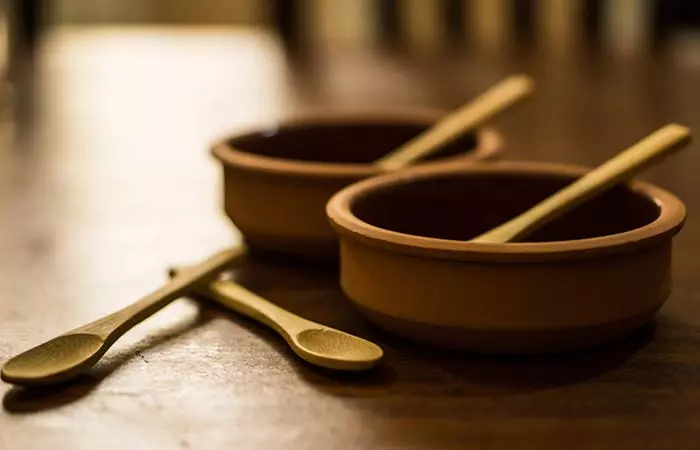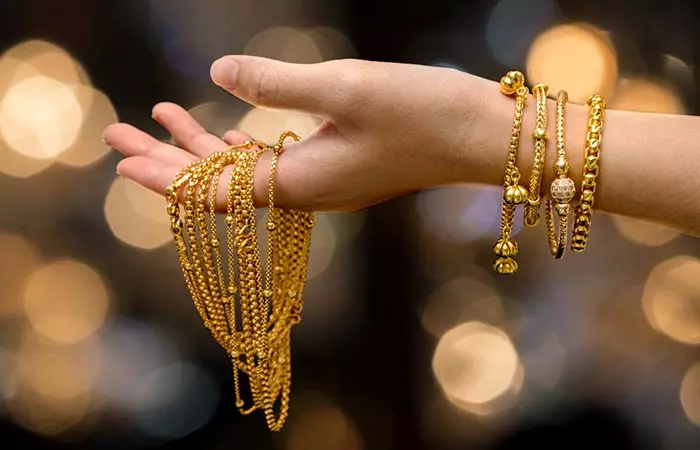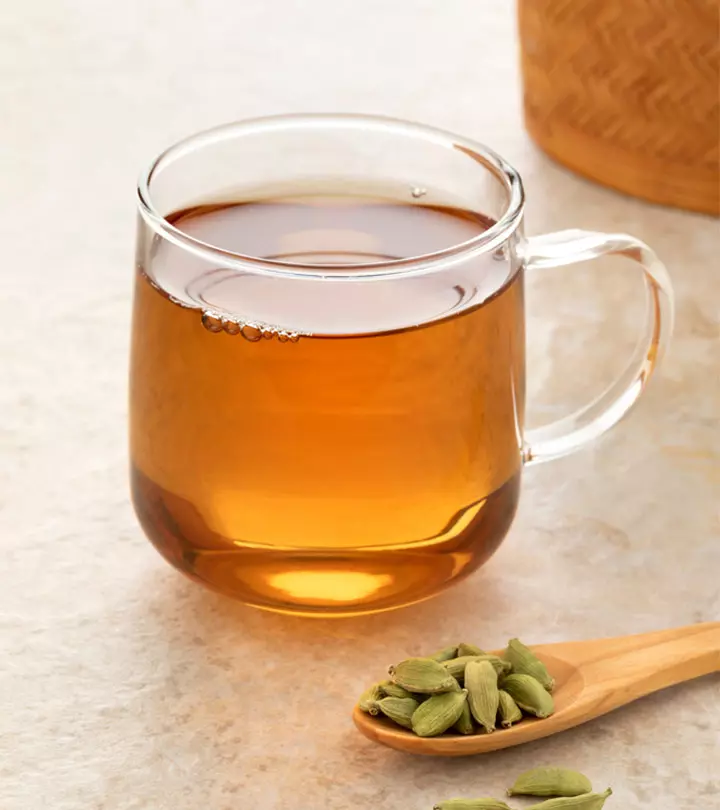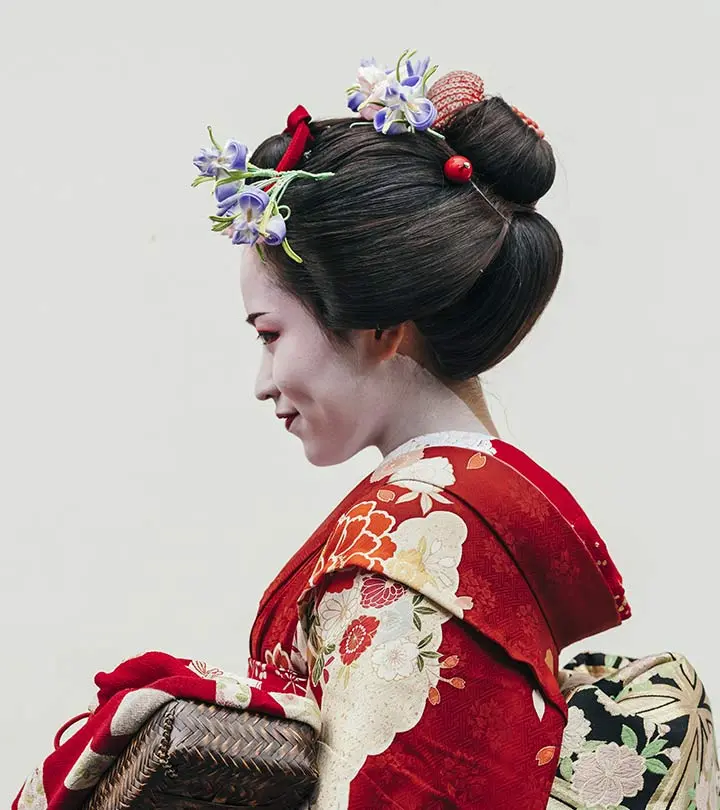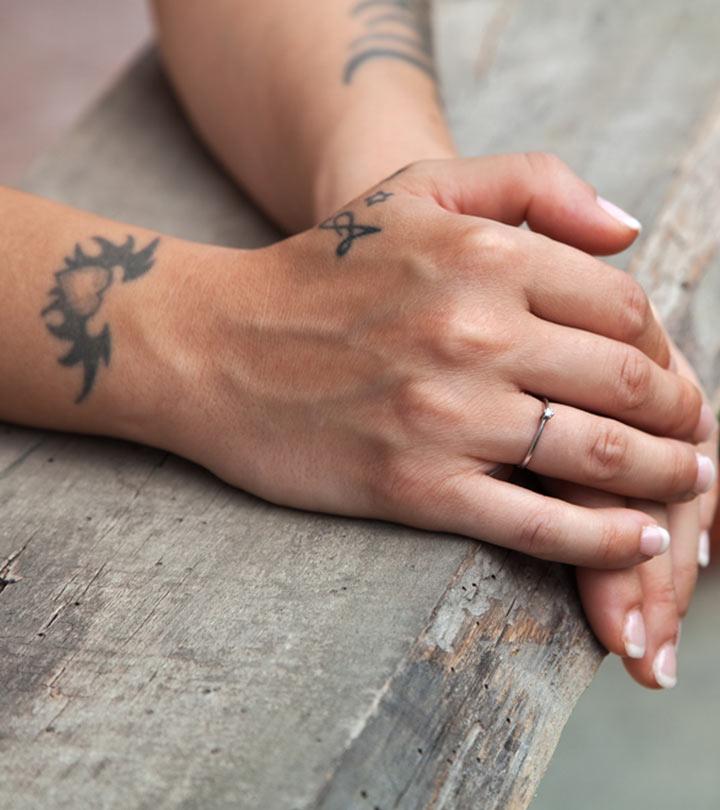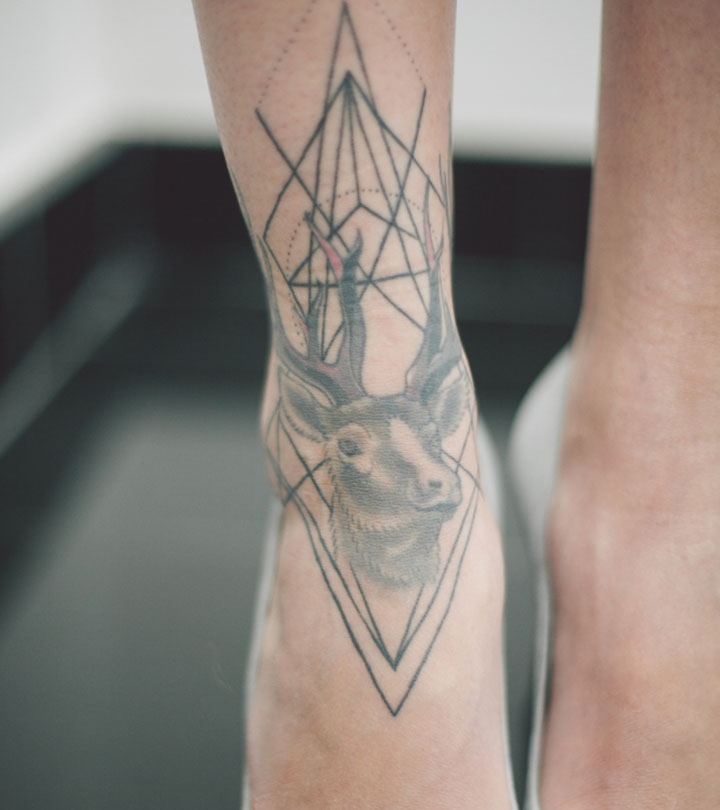10 Quintessential Things You Will Find In Every South Indian Household
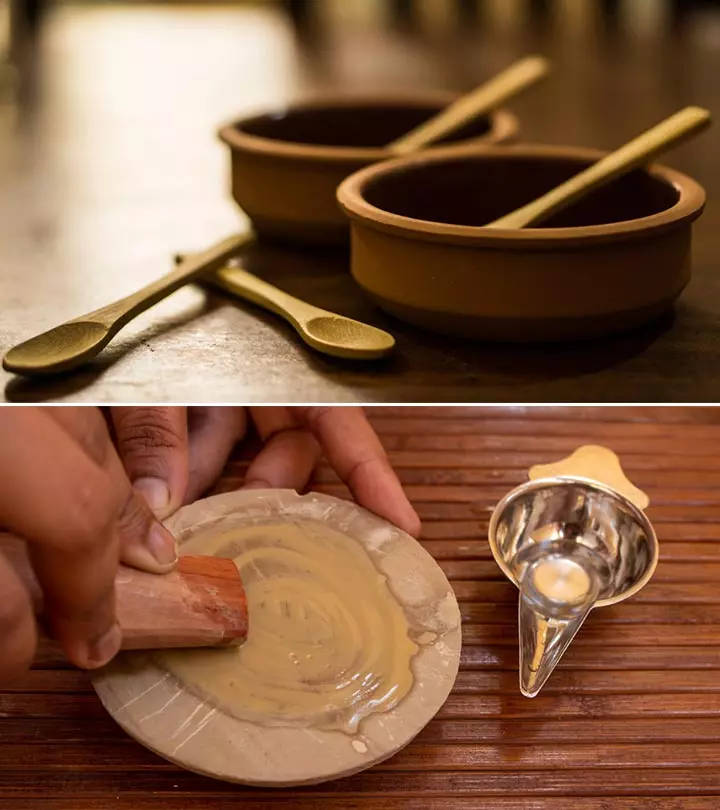
Image: Shutterstock
First things first, let’s get one thing out of the way— South India is not “Madras”. It is actually a group of five states — Karnataka, Telangana, Andhra Pradesh, Tamil Nadu, and Kerala. Each of these five states are diverse and unique in their own way. Despite each state having its own unique identity and culture, there are some things that are shared between them. There are many dishes that, although having common names, are prepared in different ways. South Indian culture, though with its visible differences, forms an integral part of the Indian culture. There are a few things, however, that are common in almost all South Indian households. If you are wondering what those are, here are ten quintessential things that you will find in every South Indian household:
1. Sandalwood
We South Indians really love our fragrances! From wearing jasmine (mallipoo) in our hair to using camphor around the house, you will find all kinds of unique scents in South Indian homes.
Sandalwood is another popular item in most South Indian households. You will find sandalwood scented “agarbattis,” soaps, perfumes, and even essential oils when you enter a South Indian home. Sandalwood is especially popular in the state of Karnataka, and the trees are grown in the town of Mysore.
2. Coconut Oil
Coconut oil is another crucial staple in South Indian households. It is used to oil your hair, to cook food, and in skincare as well. As many people in Western countries are starting to adopt coconut oil into their daily routine, it is finally starting to get the attention it deserves. In states like Karnataka and Kerala, grated coconut and coconut oil are popularly used in traditional dishes and to make seafood/red meat curries.
3. Chatai (Straw/Bamboo Mat)
Many South Indian households will have a spare chatai for guests to sit on during special occasions. Religious South Indians will often use the chatai as a prayer mat to sit on. You will find a chatai in the homes of people from all walks of life. Traditional dried grass mats, called Koorai Paai, are manufactured in a small region in Tirunelveli, Tamil Nadu.
4. Appam Chatti
Appam Chatti has many different names like Vella appam chatti and palappam chatti. They are unique to South India and make the process of making appams a lot easier. The vessel is semicircular in shape and has a short handle. They are used to create a variety of different South Indian dishes and are similar to a “kadhai.”
5. Silk Sarees
Silk sarees are trendy in South India. Although, Silk is popularly used across the Indian subcontinent, it has a special place in every South Indian’s heart. Raw silk materials are produced in Jammu and Kashmir, West Bengal, and three South Indian states — Karnataka, Andhra Pradesh, and Tamil Nadu. Silk sarees are popularly worn by South Indian brides and their family members during Hindu weddings. The gorgeous and ever-popular Kanchipuram Sarees are produced in the Southern state of Tamil Nadu.
6. Brass Lamps
Brass lamps hold a lot of significance in South Indian culture. This is especially the case with Hindus who like to light bronze lamps in their offices before they begin work, homes in the evenings, and temples during poojas. Hindus believe that the holy light of the lamp will chase away any evil spirits and bring good luck to them.
7. Filter Coffee Decoction Maker
If there is one thing that is definitely common among every South Indian, it is their love for filter coffee. If a South Indian takes you to an Udupi food outlet and you refuse to drink filter coffee, you will deeply hurt their feelings and invite distrust (we’re just kidding). On a serious note, people prepare South Indian filter coffee by mixing boiled and beaten milk with an infusion that is obtained through percolation brewing of coffee powder that is finely ground. Most South Indian homes will have a filter coffee decoction maker to make their own coffee and prefer not to buy ready-to-make filter coffee.
8. Rasam
Rasam is a sweet, spicy, and sour stock traditionally prepared using dried green mango juice, kokum, and tamarind as a base. As for seasonings, people use garlic, chili pepper, tomato, cumin, black pepper, jaggery, garlic, and other spices. It is typically eaten with rice or consumed directly as a spicy soup. It is different from Sambar and has a distinctly unique taste.
9. Clay Utensils
Many South Indians prefer using clay cookware because it does not contain toxic chemicals and materials. Clay utensils are eco-friendly and are safe to use as kitchenware, and you can use them to store and cook all kinds of food. In many villages, people use clay pots to store their water and keep it cool for longer. It is also safe for those who identify as vegans and vegetarians, which explains its popularity in South India.
10. Gold, Gold, And More Gold
Gold is a popular part of many South Indian households, and people often wear gold during weddings and other special occasions with close family members. Even when there aren’t any special occasions, you are bound to spot an auntie or two in your neighborhood sporting gold jewelry.
In the end, whether you identify as North Indian or South Indian, we are all under one banner and floating in the same boat. Our cultures have mixed and intermingled with one another, and that’s what makes us Indians so unique. Tell us what you would like to see in this list in the comment section below!


